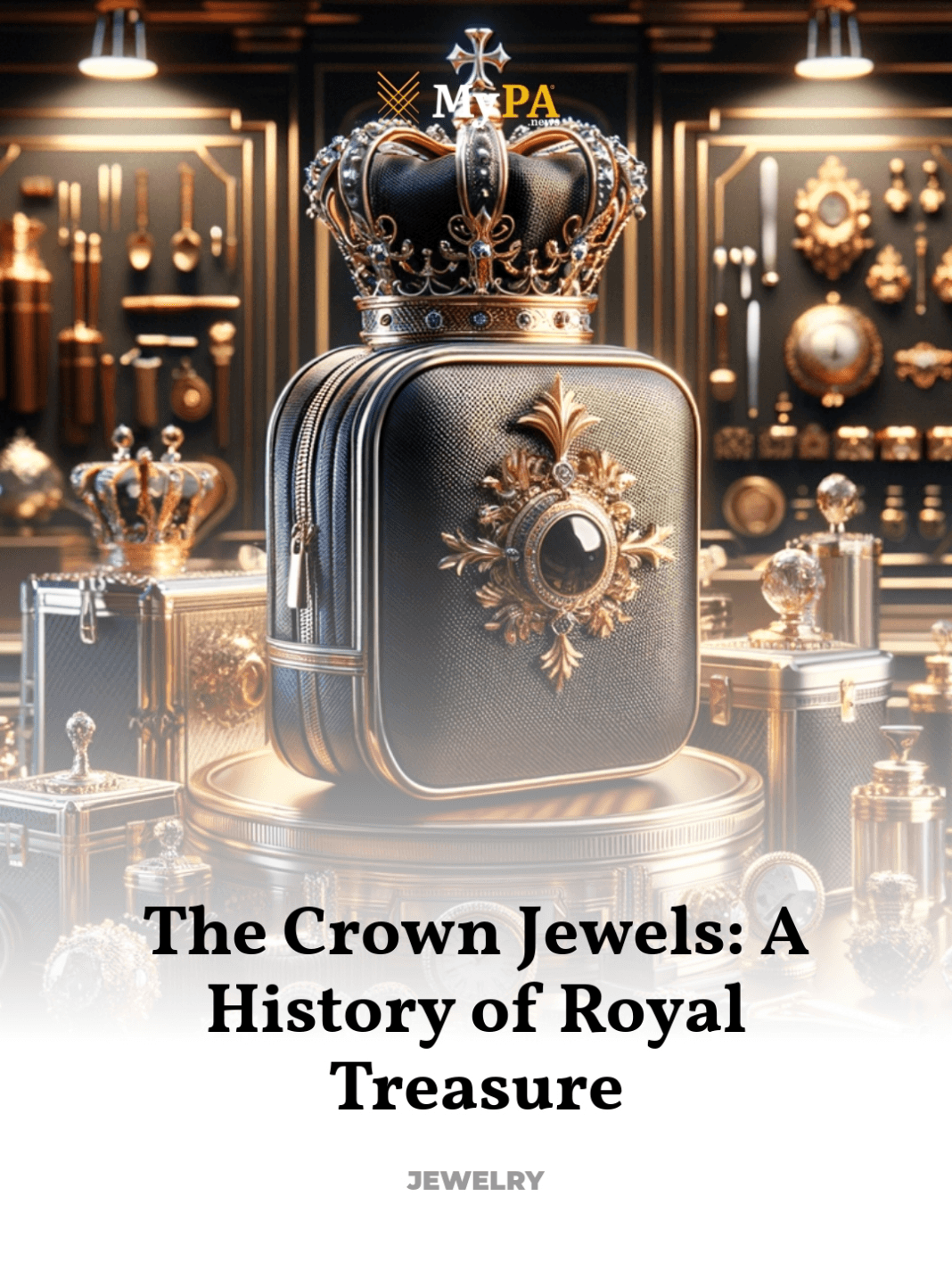The world’s most famous and historically significant royal collections
The allure of the Crown Jewels transcends mere opulence, embodying centuries of history, artistry, and the ceremonial significance of royal heritage.
The Crown Jewels of the world are not just symbols of monarchical power and prestige; they are masterpieces of craftsmanship and timeless artifacts of cultural heritage. These collections, often housed in high-security vaults of national museums or royal residences, offer a glimpse into the rich history and traditions of the nations they belong to. This article delves into the fascinating world of the most famous and historically significant royal collections, exploring their origins, the exquisite craftsmanship involved, and their roles in royal duties and national pride.
- Origins and Historical Significance
- Artistic Craftsmanship
- Cultural and Ceremonial Roles
- Notable Crown Jewel Collections
Origins and Historical Significance
The concept of Crown Jewels originated in the ancient practices of symbolizing sovereignty and divine authority through precious objects. Historically, these treasures include not only crowns but also scepters, orbs, swords, and robes. Each piece is steeped in the history of its nation and serves as a relic of former monarchs and their reigns.
For instance, the British Crown Jewels, housed in the Tower of London, consist of over 100 items and contain some of the world’s most famous pieces such as the Cullinan Diamond and St. Edward’s Crown. These jewels have been used in the coronation of English and later British monarchs since the 13th century, representing the continuity and legacy of the British monarchy.
Artistic Craftsmanship
The creation of each piece within a collection of Crown Jewels involves meticulous craftsmanship and the finest materials, often requiring the skills of multiple artisans. The Imperial State Crown, for example, features over 2,868 diamonds, 273 pearls, 17 sapphires, 11 emeralds, and 5 rubies. The artistry involved in crafting such pieces highlights not only the skill of the jewelers but also the deep-rooted significance of each design element.
Experts in metallurgy, gemology, and historical craftsmanship continue to study these artifacts, not only to preserve them but also to understand the technological advancements at the time of their creation. The techniques and materials used often reflect the geopolitical and economic contexts of their times, making each piece a historical document in its own right.
Cultural and Ceremonial Roles
Crown Jewels are more than just lavish ornaments; they play key roles in the cultural and ceremonial practices of monarchies. During coronations, royal weddings, and other state ceremonies, these jewels symbolize the legitimacy and continuity of the monarchy. For example, during the coronation of a new monarch, the crowning act with St. Edward’s Crown represents the transfer of authority and the monarch’s right to rule.
Moreover, these jewels often serve as significant attractions in national museums, drawing millions of visitors from around the globe. They are potent symbols of national identity and pride, encapsulated in their display and the storytelling of their historical journeys.
Notable Crown Jewel Collections
While the British Crown Jewels are perhaps the most renowned, other countries also boast impressive collections. The Russian Diamond Fund, for instance, exhibits a stunning array of imperial regalia, including the famous Orlov Diamond and the Imperial Crown of Russia. Similarly, the Iranian Crown Jewels, one of the largest jewelry collections in the world, feature pieces like the Darya-i-Noor diamond.
In Scandinavia, the Swedish Crown Jewels include historic symbols like King Erik XIV’s crown, while the Danish Crown Jewels, kept at Rosenborg Castle, are known for their beauty and historical depth, featuring crowns dating back to the 17th century.
Conclusion: The Enduring Legacy of Crown Jewels
The Crown Jewels of the world are not merely collections of valuable items; they are profound symbols of history, artistry, and national pride. Each piece tells a story of its own, woven into the larger narrative of the nations they represent. As we continue to admire their beauty and craftsmanship, these jewels also remind us of the enduring legacy of the cultures and monarchies they symbolize.
For further exploration of these magnificent treasures, visit the official website of the Royal Collection Trust.



